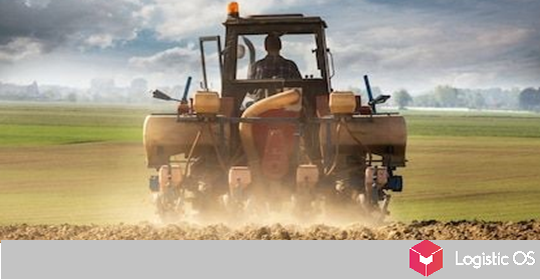The government has greatly adjusted the target indicators for the export of agricultural products in these years downward.
But there is no confidence that new indicators will be achieved.
For the first time, the state program for the development of agriculture and the regulation of markets for agricultural products, raw materials and food appeared in 2012.
Since then, it has been changed many times. For example, in 2018, the target value for the volume of exports of agricultural products for 2024 was $ 45 billion.
The government has now revised this plan and reduced the 2024 plan to $ 34 billion due to its apparent inconsistency with reality.
Thus, for the coming years, the situation looks like this:
2020: Exports $ 30.7 billion (already achieved).
2021: plan 26 billion
2022 — 28 billion
2023 — 31 billion
2024 — 34 billion
2025 — 35.4 billion
Is it realistic to achieve the planned targets?
On this score, opinions differ.
For example, Gazprombank’s Center for Economic Forecasting (CEP) believes that if in 2021 it is possible to harvest at least the same amount of crops as a year earlier, then sales proceeds will even grow, even if the volume of exported goods decreases.
The reason is the rise in prices (including due to the depreciation of the dollar).
At the same time, it is quite possible to achieve the indicator for 2021, because, as it is easy to see, it is much less than last year.
But there may be problems with achieving results in the coming years for several reasons.
The first is, of course, quotas and duties limiting the export of agricultural products.
As the head of the CEP Daria Snitko notes, if there were no duties, this year it would be possible to sell agricultural products worth 32-33 billion dollars . But in the current situation, one can only count on the intensification of the trade in vegetable oils, and then — until they were also imposed a duty.
The second is long-term damage to agriculture due to the very quotas and duties.
Since the paths for the sale of surplus products are closed, many enterprises will certainly decide to scale back their volumes, to reduce the sown area. This can lead to the fact that in a couple of years harvests will decrease — and in this case it will be extremely difficult to achieve an increase in indicators.
The vice-president of the Russian Grain Union, Alexander Korbut, believes that it will be possible to talk about the ambitious goals set out in the program for 2025 only if the government revises its restrictive measures — it cancels or softens duties.
If not, then even reaching the target level this year is questionable.

